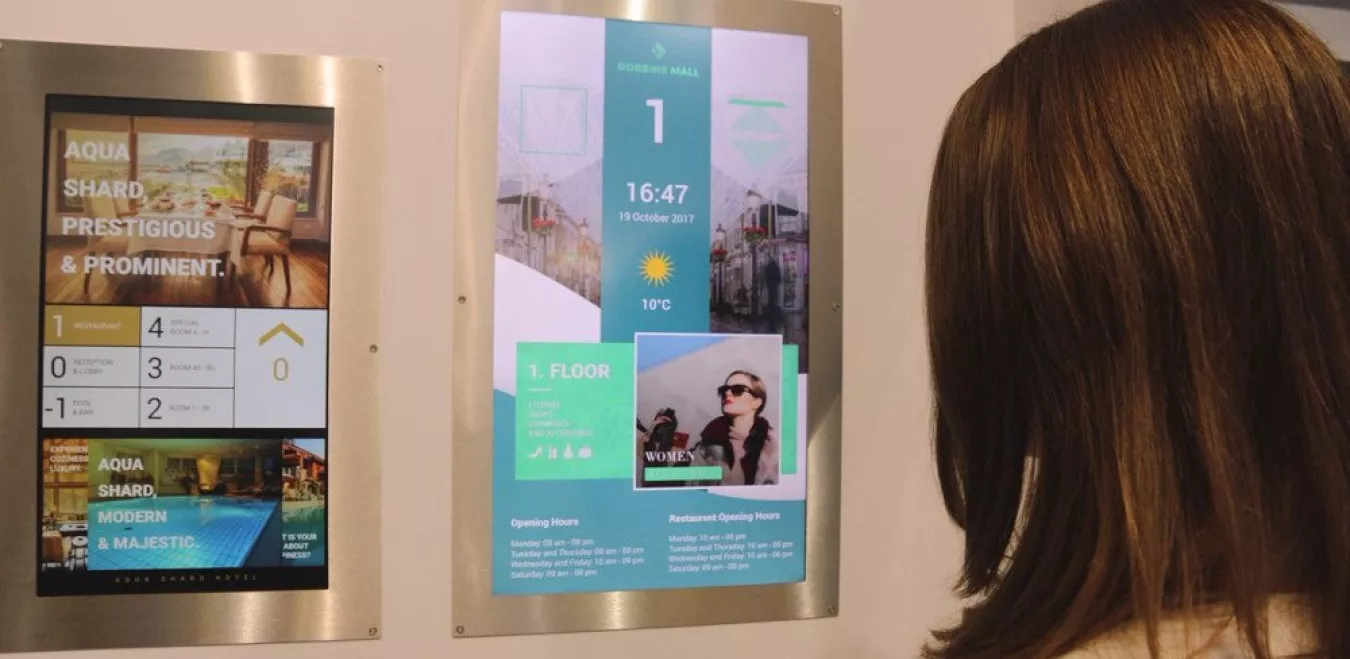In the course of the digital transformation, not only the form of communication between companies and customers is changing, but also the way in which customers experience products or rather the customer experience with a brand. In today's’ digital information age, the consumer knows more than ever. The mobile web allows to continuously access information. Products as well as possible alternatives are well known even before the customer has entered a store or has made his first contact with a company. Therefore, the customer experience plays an increasingly important role, especially for the customer acquisition and the customer loyalty.
Customers do not buy products but experiences
The mere offering and advertising of a product is no longer sufficient. Today, everything turns around creating valuable, relevant and personal experiences. These form the direct interface between the customer and the brand and decide whether companies can differentiate themselves from competitors in the future and if they can win customers over in the long term. However, for customer experiences to be personal and valuable, the customer's situation must be understood and relevant content must be delivered at the touchpoint at the right time.
The elevator is an additional point of contact for interaction with the customer
Unique and valuable experiences arise, for example, through an interaction with the user. Digital screens can be used to advertise products and services and to provide interactive content or video live streams. With the flexyPage displays, interactive games such as quizzes or tic-tac-toe can be created directly in front of the elevator or while driving, entertaining the customer, creating an experience and helping to bridge waiting times. In contrast to conventional multimedia displays, flexyPage displays dispose of special features due to the connection with the elevator control. Each content can be displayed and controlled in a very targeted manner according to the (changing) elevator conditions. For example, if the user navigates to a specific floor, floor-related information such as the daily menu for the restaurant on the third floor or special offers in a department store can be displayed. In addition, the software application flexyPage Campaign can be used to plan own advertising campaigns and to roll them out on a single or on multiple displays or display groups in a time- or event-driven manner - this works remotely via a laptop, smartphone or tablet.
Strategic change in the elevator industry: from product-centered to user-centric
In the elevator industry, the digital transformation and the transition from product to experience is clearly noticeable. Conventional panels in or in front of the elevator are increasingly being replaced by digital displays or large screen projections (like the Schindler Doorshow) to address passengers as well as for an interactive provision of services and for infotainment purposes. Many companies are shifting their strategies from product-centered to user-centric, placing the elevator user at the center when designing and construction lifts. With this, digitization is playing an increasingly important role.
With flexyPage you can create unique customer experiences for elevator users
The flexyPage displays were especially developed for lifts and as an advertising, information and entertainment medium, are the leading, most holistic display system on the market. They can be used for any situation in any industry – whether hotel, shopping center, hospital, office building, airport or museum. flexyPage displays offer the user a variety of application and design options thanks to integrated web applications such as flexyPage Campaign, the flexyPage Manager or the flexyPage Editor. With the unique technology of the smart displays, real experiences can be created inside and outside elevators.
Learn more >>
Read more articles
- Log in to post comments




